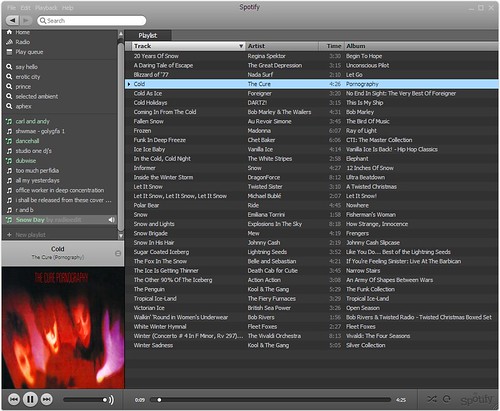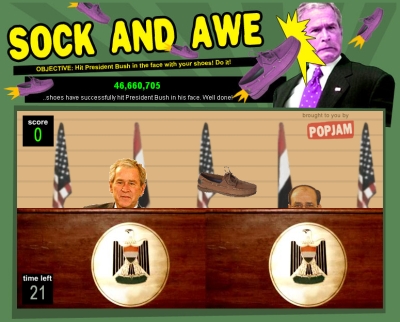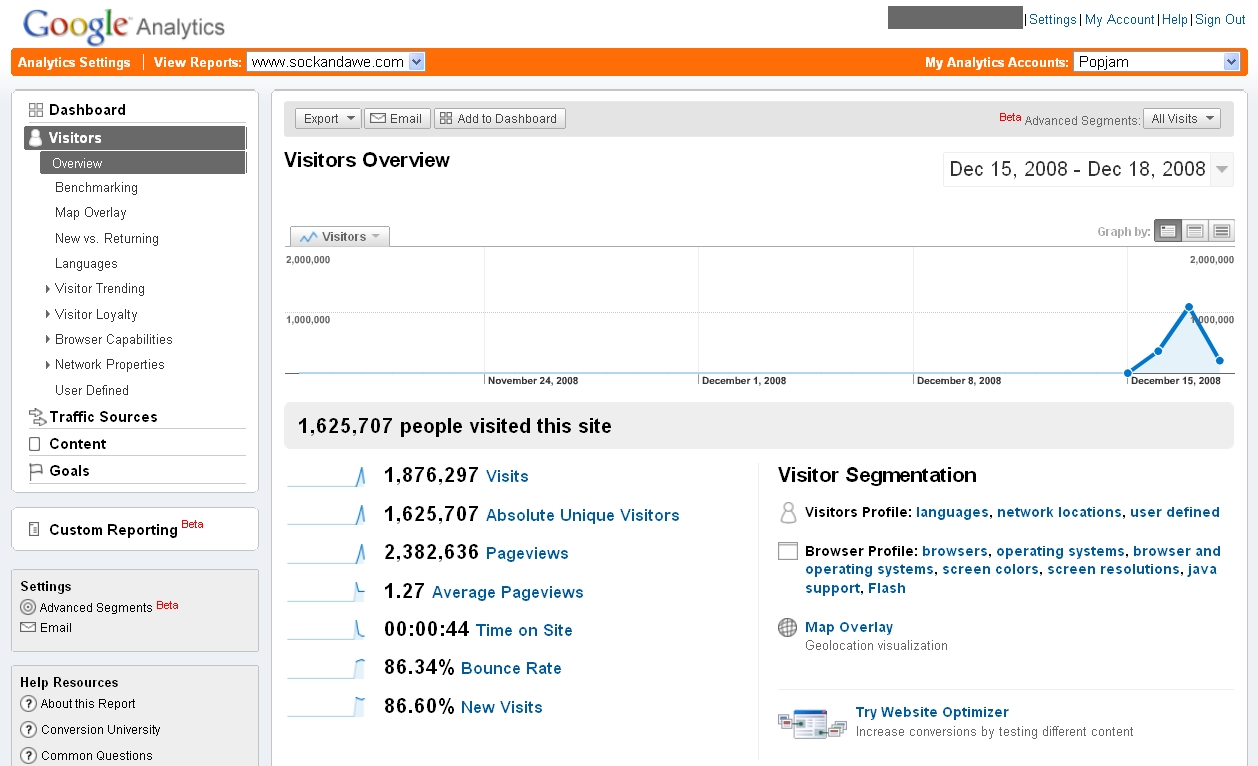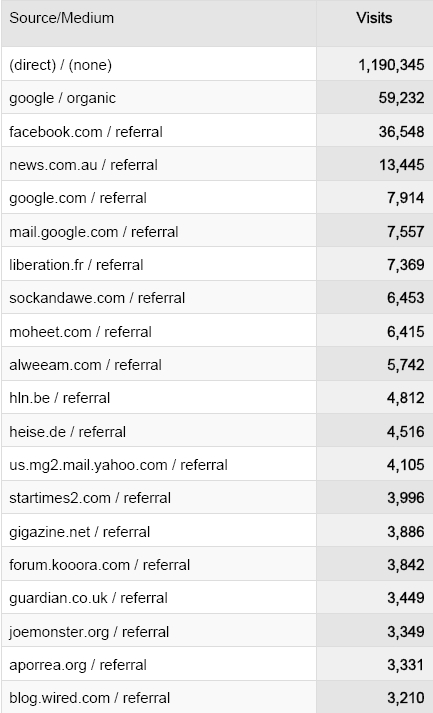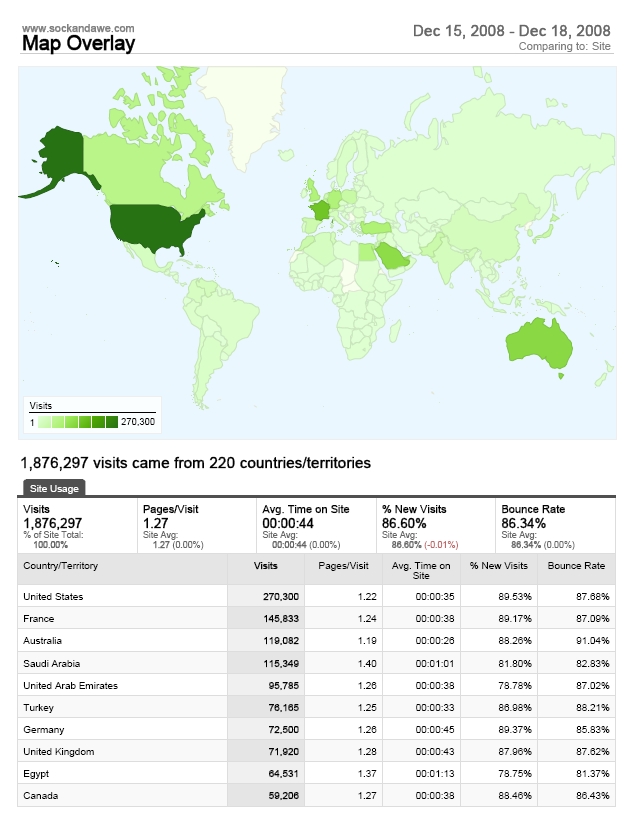There is a lot of trivial information on the web. You know the sort – status updates about the minutiae which make up life.
It’s all fine I guess. I could pick an example, but then I would probably try to find something noteworthy about the event, its ramifications for society, etc. which would make the update seem less trivial. It’s not my job to judge another person for writing something which was only meant for a few of their friends. That would be mean of me. Imagine trying to compare that to a great work of literature when it was never intended as such!
Why all the trivia now? The web has lowered the hurdles of cost and effort in getting your message out there. Messages which would never get through to you can now get through. All kinds of important and worthwhile examples abound. Creative ideas and works which previously lacked the funds or force to emerge. News from brave dissidents in oppressive regimes. Forgotten, sidelined or hard-to-find historical documents, files and recordings. Current dispatches from remote places far away from big city journalists, news agencies and PR companies. That sort of thing. Maybe I can talk about this stuff next time. Today I’m here to give you the trivia.
Before you cry “hyperbole!”, my title above is incorrect. It’s not “all” my possible trivial status updates. It’s just a selection. But I’m sure you’ll agree it gives a diverse range of magnolia shades – numerous daily activities in all their unsurprising, inconsequential and marginal glory. Actually there’s not much glory, just indifference. May the vastness of its triviality yawn before you.
Does a big list of all this stuff become, by virtue of its existence, any less trivial? I don’t know. It’s probably more trivial for all I know.
What I’m mainly trying to do is collect them somewhere for those that might care. If nobody reads them here then I don’t particularly care either. I have used this to fully purge my system of triviality sharing. From now on, if you are wondering what trivial things are happening to me or being occasioned by me, you have the option of referring to this list. One or more will have applied to me in, say, the last hour (if I’m still on this planet when you read it).
After this moment, everything that I put or publish online will have some wilful intent to provide relevance and value to finite groups of other people. The urge to detrivialise is the only change. I mean, I might fail to do this and put something really trivial on the web by accident. Or something which you would consider trivial. You could earnestly point it out – but only if you feel you have the time and energy.
OK then. What don’t I mean by “trivia”? Last summer I went to a gig and saw a grey-haired man, a band member, swooshing a live chainsaw through the crowd, augmenting the music with its ferocious buzzing sound. It was supposed to be a pleasant evening of vintage German experimental rock music but in that moment, seeing and hearing the thrashing chainsaw, I actually feared for my life. It was then that I realised I must send a short text to the world to announce this. You might have wanted to do this too if you’d been there. Fearing for your life. Or, if not your life, then the integrity of your limb attachments. Obviously I didn’t succeed in texting the whole world, but a little section of my tiny world may have taken note. I sent something to Twitter and that’s when Twitter began to make sense to me. Myspace made sense to me when I used it to listen to some music by a band I’d never heard before. Facebook made sense to me when I saw a photo of somebody with a funny facial expression which made me feel somewhat cheery. The items in these examples don’t count as trivia, neither are they all that notable. Nevertheless these kinds of activities will probably continue.
Obviously I can’t promise ever to succeed in actually being “profound”, but I can at least clear away the reports of the everyday and the banal. To be sure, there are people who’d be well advised NEVER to attempt to be profound – or even allow themselves to consider the possibility. I’m mainly thinking back to ex-footballer Eric Cantona and the seagull metaphor he once used, tenuously, in a press conference. Maybe he should have stuck to what the French call the quotidian.
Other than that last unprompted and – might I add – uncharacteristic slight, I’m not talking about other people. This is the web and what they or you do here is not my business. This is MY trivia!
Usually you can comment on my blog but I’ve disabled the comment function this time. It would be cruel to tease you with the opportunity to attempt a response when you can only but salvage a meagre something from this litany of the nondescript. So let’s hear no more of it.
This post may leave you feeling somewhat beige. Feel free to read in any order, or not at all.
- eating breakfast
- putting the rubbish out
- putting the recycling out
- washing a few dishes
- buying sponges and detergent to accomplish previous chore
- trimming my nails
- shaving
- going to the toilet
- flushing
- shuffling some papers
- deciding what to eat
- putting on socks
- choosing colour of socks as prerequisite to previous task
- double-checking the oven is on (or off)
- deleting a text message
- doodling
- posting a tax form
- standing and waiting in a queue
- picking up a leaflet while waiting in a queue
- making tea or coffee
- querying a bill
- sniffing the milk to discern its fitness for consumption
- buying a bag of frozen peas
- deciding whether or not to “call it a day”
- eating some cake (a pre-packaged, shop-bought variety)
- invoicing
- deleting an exclamation mark
- setting mobile phone to silent
- using the computer cursor to idly highlight some text in an article
- reviewing bank statement
- trimming nasal hair
- cleaning a kitchen worktop (or inside walls of microwave oven)
- checking a spelling
- using cling film to cover a plate of food
- placing food in fridge
- using a hole punch to punch two holes in a piece of paper
- being on hold
- checking the small amount of change that has just been handed to me
- reading food packaging
- sleeping normally
- remembering a dream which happened during the previous activity
- hanging clothes
- peeling aluminium seal from the spout of a new tube of toothpaste
- waiting for a bus
- stretching an elastic band for no good reason
- deleting my spam email
- reviewing a miscellany of stationery items which have accumulated in drawer
- operating a light switch
- gathering pens from the four corners of the desk
- breaking wind
- opening a jar
- closing the windows
- crossing off a task which I previously wrote on a list
- adjusting a shoe
- ironing
- going into another room to fetch something
- eating an apple (or banana)
- scribbling on a piece of waste paper to coax an old ballpoint pen into a working state
- washing my hands
- placing wallet and keys in their rightful household place
- scratching my leg
- making minor adjustments to items on a shelf
- picking my nose
- buying a postage stamp
- crumpling receipt into a ball
- plucking crumbs and other specks from a garment
